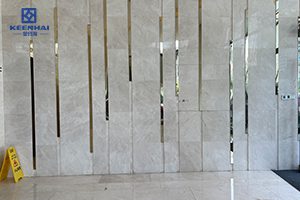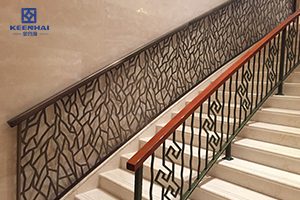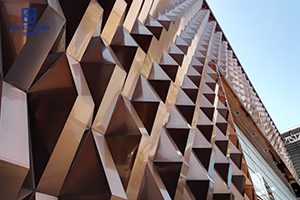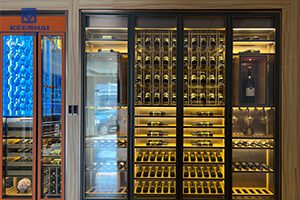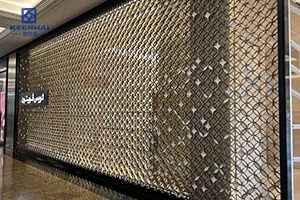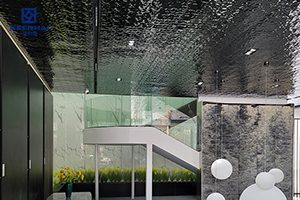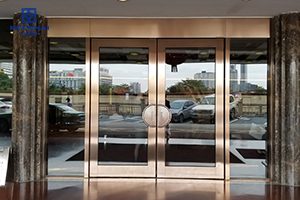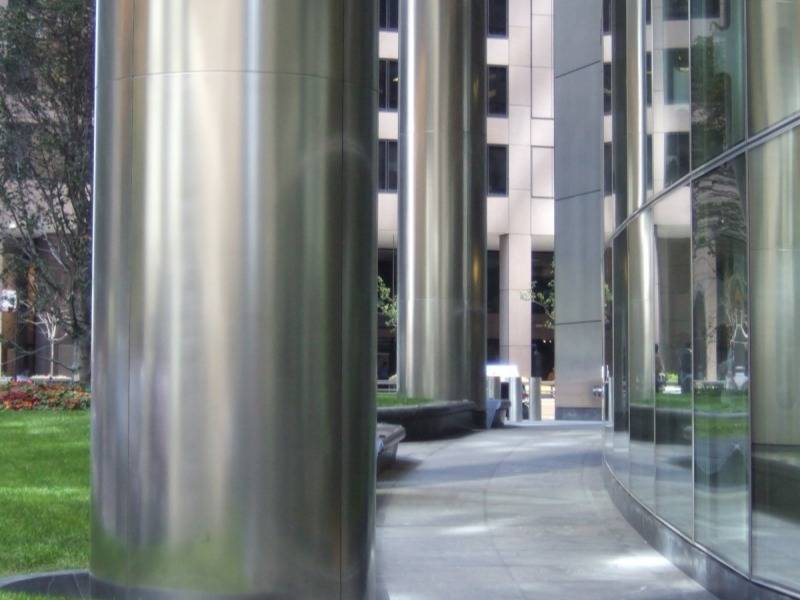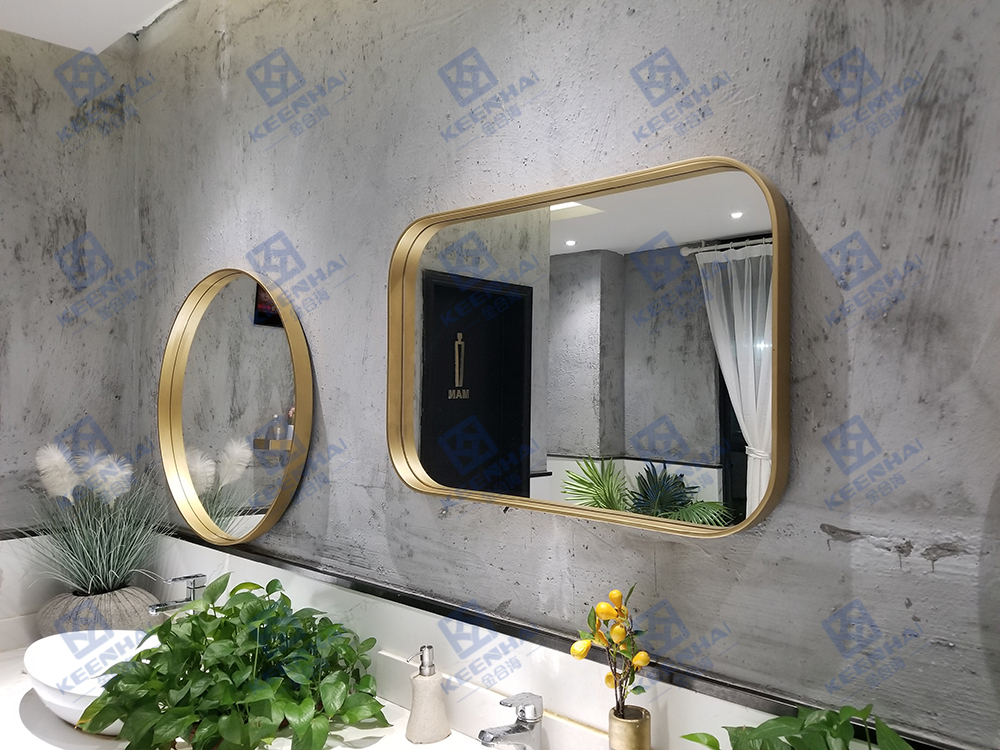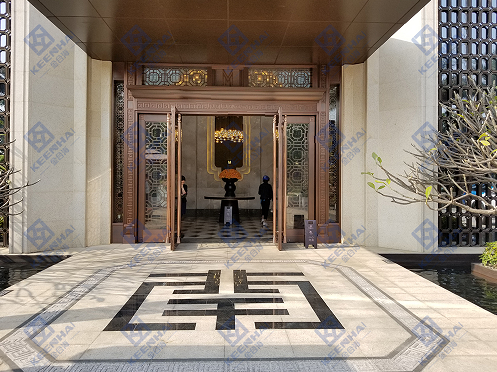Overview of Lift Doors
Lift doors are an essential part of any commercial building, offering functionality and a critical role in the building’s safety and accessibility. Whether for an office building, hospital, hotel, or shopping mall, the choice of lift doors affects how well the lift functions, how safe it is, and how well it integrates with the building’s design.
Why Choosing the Right Lift Door Matters
Choosing the right lift door ensures smooth and safe operation, aesthetic harmony, and energy efficiency. It’s a decision that can impact user experience, reduce maintenance costs, and align with the building’s overall design and accessibility needs. In commercial spaces, where foot traffic and functional requirements differ from residential buildings, selecting the appropriate lift door is key to optimizing performance and safety.
Types of Lift Doors
Automatic Lift Doors
Automatic lift doors are the most common choice in commercial buildings. They operate with sensors, opening when someone approaches, and close automatically once the lift door cycle is complete. Automatic doors are particularly beneficial for high-traffic areas where ease of access and speed are crucial. They also provide a more modern and polished aesthetic, and their contactless operation significantly reduces wear and tear on the doors.
Manual Lift Doors
Manual lift doors are less common but still used in some buildings, especially in low-traffic areas or buildings with simpler operational needs. These doors are operated by hand, either by swinging or sliding, and are often less expensive than their automatic counterparts. While they require more physical effort, they are durable and reliable in situations where speed of operation is not critical.
Swinging vs. Sliding Lift Doors
Swinging lift doors open like traditional doors, pivoting on a central hinge. They are often found in buildings where there is enough space for the door to swing open and closed. Sliding lift doors, on the other hand, move horizontally along a track. They are ideal for buildings with limited space or where an elegant, streamlined look is desired. Sliding doors save space and are more commonly found in modern buildings while swinging doors are often used in older or more traditional settings.
Fire Rated Lift Doors
Fire-rated lift doors are designed to withstand fire for a certain period, typically from 30 to 60 minutes. These doors are essential for buildings that require fire safety measures, particularly in areas such as hospitals, shopping malls, and high-rise offices. These doors prevent the spread of fire between floors, helping to protect occupants during an emergency. Fire-rated lift doors are made of materials that can withstand high temperatures and are typically fitted with intumescent seals that expand when exposed to heat, creating a barrier to smoke and flames.
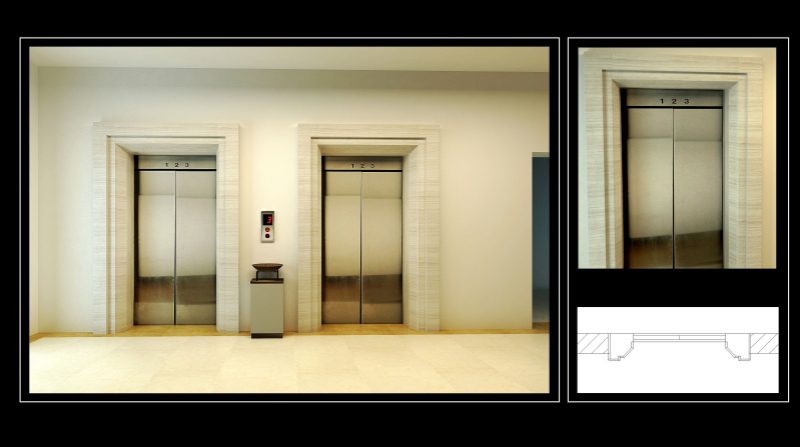
Factors to Consider When Choosing Lift Doors
Building Type and Usage
The choice of lift door should always consider the building type and its specific needs. For example, in office buildings with moderate traffic, automatic sliding doors may be ideal for a sleek and professional look. In contrast, a hospital might require more specialized fire-rated lift doors, whereas a high-traffic shopping mall could benefit from automatic doors for a smooth flow of people.
Traffic Flow and Frequency of Use
If your building experiences high traffic, automatic doors are often the best choice. For buildings with lower foot traffic, manual doors may suffice. Automatic doors also have the advantage of being more hygienic since there is no need for physical contact to operate them. In busy environments, the ability to quickly and smoothly open and close doors without any physical effort is a major advantage.
Size and Capacity of the Lift
The size of the lift and its intended capacity should influence the choice of the lift door. Larger lifts that carry heavier loads might require sturdier, wider doors, while smaller lifts could benefit from more compact options. For example, a freight lift might require a robust manual door, while passenger lifts generally use automatic doors. The number of floors in the building and the lift’s intended use should also be considered in determining door size.
Safety Features
Safety is paramount when selecting lift doors. Features such as emergency sensors that stop the door from closing when an obstruction is detected are essential in preventing injuries. Also, some lift doors come with automatic locking mechanisms to prevent unauthorized access, ensuring that the lift operates securely. These features are especially important in buildings with high pedestrian traffic or vulnerable occupants.
Accessibility Requirements
Accessibility is a major factor, especially in commercial spaces that are required to comply with the Americans with Disabilities Act (ADA) or local equivalents. Lift doors must be easy to operate, wide enough to accommodate wheelchairs, and open in a manner that is accessible for people with disabilities. This means selecting doors that provide a smooth, contactless opening and closing mechanism.
Aesthetic and Design Considerations
Material Options
Lift doors are available in a range of materials, each offering different aesthetic qualities. Stainless steel is commonly used for its durability, modern look, and ease of maintenance. Glass doors, often framed in aluminum, offer a sleek, transparent look that can blend seamlessly with contemporary designs. Choosing the right material helps align the lift doors with the building’s overall aesthetic, whether it’s industrial, contemporary, or more traditional.
Customizable Features
Many lift doors come with customization options, such as different finishes, colors, and hardware. Powder coating is one popular option, providing a durable, customizable finish that can be matched to the building’s design. Customizable features allow building owners to select doors that fit perfectly with their overall architectural vision, helping to create a cohesive and visually appealing environment.
Integration with Interior Design
Lift doors are a key part of a building’s interior design, especially in commercial spaces where the visual impact of the doors can influence the building’s first impression. Whether you want your lift doors to blend in seamlessly with the surrounding decor or stand out as a feature in their own right, choosing the right style, material, and finish is essential.
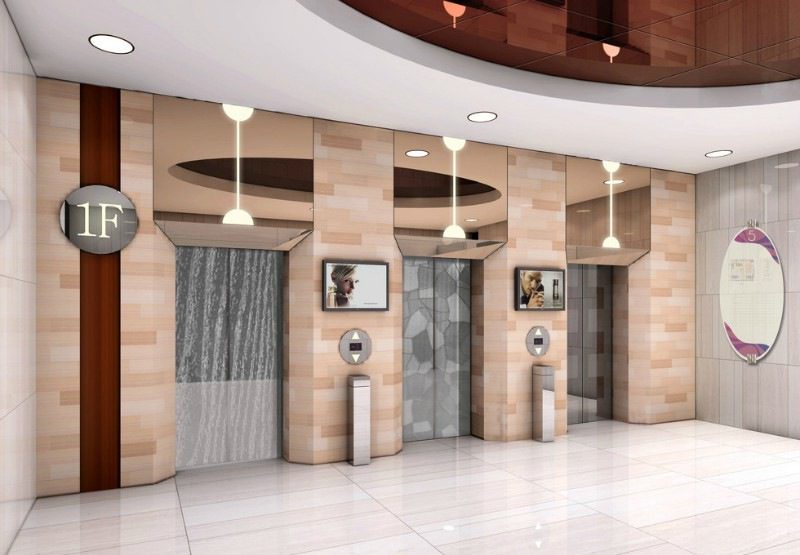
Energy Efficiency and Sustainability
Thermal Insulation Properties
Lift doors that offer thermal break technology can help maintain the internal temperature of the building by preventing the transfer of heat. This improves energy efficiency by reducing the reliance on heating and cooling systems, keeping energy costs lower in the long term.
Eco-friendly Materials
As sustainability becomes a greater priority, choosing lift doors made from eco-friendly materials is important. Many manufacturers now offer doors made from recycled materials or those that can be recycled at the end of their lifecycle. Glass and aluminum, for example, are highly recyclable materials that help reduce the environmental impact of construction projects.
Long-term Cost Savings
Energy-efficient lift doors contribute to cost savings by improving insulation and reducing energy consumption. Additionally, long-lasting materials reduce the frequency of replacement, further lowering maintenance and operating costs over time. These cost-saving benefits make energy-efficient lift doors a wise investment for any commercial building.
Maintenance and Durability
Maintenance Requirements
Lift doors, particularly automatic ones, may require regular maintenance to keep them functioning smoothly. Regular cleaning, lubrication of moving parts, and inspection of sensors and electronic components ensure that the doors continue to operate safely. Manual doors typically require less maintenance but should still be checked periodically to ensure proper operation.
Durability in High-Traffic Areas
Commercial buildings with high foot traffic require doors that can withstand frequent use. Lift doors made of high-quality stainless steel or aluminum offer excellent durability, resisting wear and tear even in the busiest environments. Materials like glass may require more careful handling but are also durable when properly maintained.
Cost of Repairs
Although lift doors are generally durable, repair costs can vary depending on the type of door and the extent of the damage. Automatic doors often have more complex mechanical and electronic systems that may need repairs over time. Manual doors are simpler and less costly to repair but may not provide the same long-term convenience as automatic systems.
Compliance and Safety Standards
Building Code Requirements
When selecting lift doors, it is essential to ensure they comply with local building codes and regulations. These codes typically cover factors such as door size, accessibility features, fire safety standards, and emergency operation. Compliance with regulations ensures the safety of occupants and helps avoid legal issues during inspections.
Lift Door Certifications
Lift doors should also be certified by recognized organizations, ensuring they meet safety and performance standards. Certifications like CE marking or UL listing indicate that the doors have been tested and meet the required safety and quality standards. This provides reassurance to building owners that their lift doors are safe and reliable.
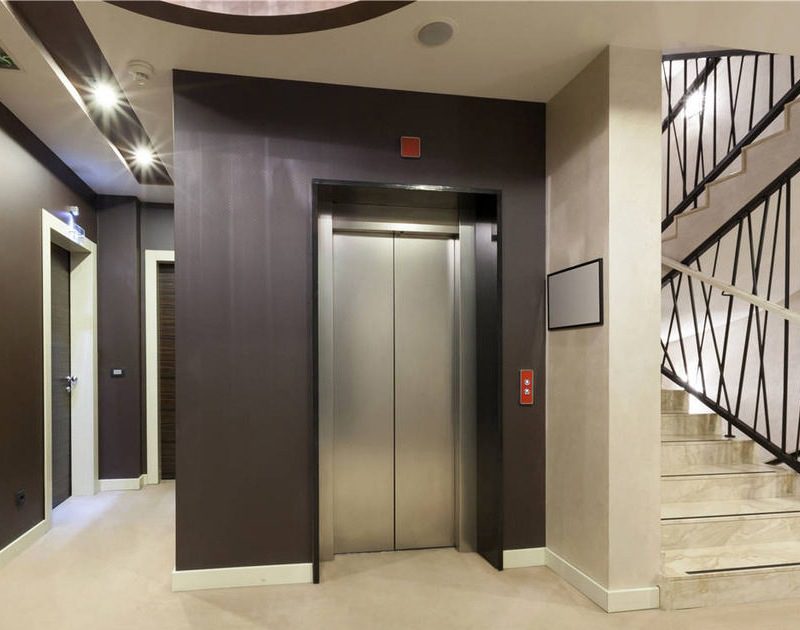
Разматрање трошкова
Initial Installation Costs
The cost of installing lift doors can vary significantly depending on factors such as material, size, technology, and customization. Automatic doors tend to be more expensive than manual doors, while fire-rated and specialized doors may come with a premium. However, the initial investment often pays off in terms of durability and reduced maintenance needs.
Long-Term Investment vs. Upfront Cost
While automatic lift doors may have a higher upfront cost, they provide greater convenience and long-term value, reducing maintenance costs and increasing the building’s efficiency. On the other hand, manual doors are less expensive initially but may not offer the same level of convenience and efficiency in high-traffic environments.
Budgeting for Lift Doors in Commercial Projects
Planning and budgeting for lift doors is essential in commercial construction projects. Builders and architects should consider not only the initial installation cost but also the long-term costs of maintenance and energy efficiency. A balanced approach can ensure that the right choice of doors aligns with both the project’s budget and operational goals.
Закључак
Choosing the right lift doors for your commercial building is a decision that should take into account functionality, safety, aesthetics, and budget. Whether you are renovating or constructing a new building, understanding the available options and selecting the right lift doors is essential for ensuring a smooth, safe, and efficient operation.
контактирајте нас
You can visit our website за више информација или погледајте нашу Фацебоок страницу за најновија ажурирања и најважније детаље пројекта. Ако имате било каквих питања или питања о сарадњи, слободно нас контактирајте и радо ћемо вам помоћи!




